Exploring Hawking Radiation: A Key to Black Hole Mysteries
Delving into the Hawking Radiation: Unveiling Black Hole Mysteries
In an ever-expanding universe full of enigmatic celestial phenomena, black holes stand out as one of the most fascinating subjects for physicists and astronomers alike. My journey into astrophysics, albeit as a passionate enthusiast, has always drawn me towards these cosmic behemoths. They are not just a marvel to behold but also a treasure trove of physics extremes that challenge our understanding of the universe. Among the numerous phenomena associated with black holes, Hawking Radiation stands out for its quintessential role in demonstrating the intersection between quantum mechanics and gravitational theory.
Understanding Hawking Radiation
In 1974, Stephen Hawking proposed a groundbreaking theory that black holes are not entirely black but emit radiation due to quantum effects near the event horizon. This phenomenon, known as Hawking Radiation, introduces a fascinating paradox into the nature of black holes, proposing that they can lose mass and eventually evaporate over time. The concept starts with the idea that the vacuum in quantum field theory is filled with temporary pairs of particles and antiparticles that form and annihilate in incredibly short timescales.
Near the event horizon of a black hole, however, something remarkable occurs. If a pair of such particles forms, one can fall into the black hole while the other escapes. The escaped particle adds energy to the universe, while the one captured subtracts mass from the black hole, as per Einstein’s equation \(E = mc^2\). Hence, the black hole loses mass through this process of particle escape, a compelling yet eerie evanescence we now refer to as Hawking Radiation.
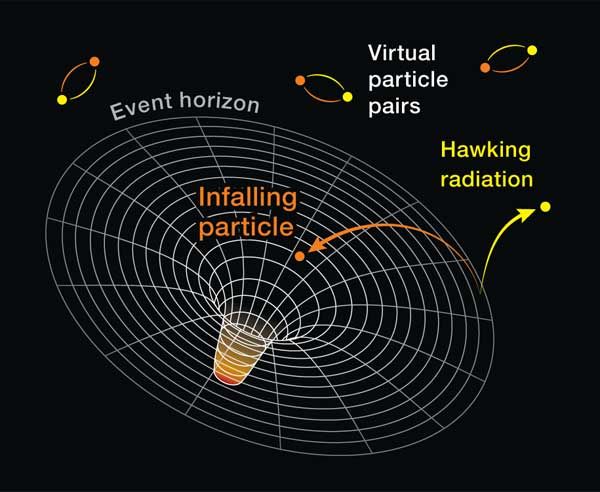
The Equation Behind Hawking Radiation
The phenomenon is described mathematically by the equation:
\[ HR = \frac{\hbar c^6}{15360 \pi G^2 M^2} \]
where \(HR\) is the Hawking Radiation power, \(\hbar\) is the reduced Planck’s constant, \(c\) is the speed of light, \(G\) is the gravitational constant, and \(M\) is the mass of the black hole. This equation suggests that the radiation power is inversely proportional to the square of the mass of the black hole, indicating that smaller black holes radiate more powerfully.
Implications on Physics and Black Hole Paradoxes
One of the most tantalizing aspects of Hawking Radiation lies in its ability to bridge the gap between quantum mechanics and general relativity. It suggests a mechanism through which black holes not only emit radiation but also ultimately evaporate, posing fascinating questions about what happens to the information trapped inside a black hole. This is central to the black hole information paradox, a hotly debated topic in theoretical physics. Do the remnants of Hawking Radiation contain any information about the matter that fell into the black hole, or is it lost forever? The debate continues, fueling research and discussions in the scientific community.
Personal Reflections
My interest in astrophysics, though purely from the stance of an enthusiast, finds a peculiar charm in the contemplation of black holes and their mysteries. The sheer scale of ideas, from quantum fluctuations to the fabric of spacetime, captivates my imagination. Moreover, as someone deeply rooted in the realm of technology and artificial intelligence, I ponder over the parallels between decoding the mysteries of the cosmos and unlocking the potential of AI. Both realms challenge us to extend beyond our current understandings, pushing the boundaries of possible knowledge.
Traveling to places like Hawaii with my telescope, capturing the night sky, has been a cherished activity among my group of amateur astronomer friends. It’s during these stargazing sessions, under the serene, star-filled skies, that I reflect on the incredible work of physicists like Stephen Hawking and the profound mysteries they’ve unveiled. It’s a humbling reminder of the vastness of our universe and the pursuit of knowledge that drives us.
Conclusion
Hawking Radiation exemplifies the profound beauty of physics — its ability to unify seemingly unrelated domains (quantum mechanics and gravity) through a principle that challenges our understanding of the universe. As we continue to decode the mysteries encapsulated within black holes, we edge closer to answering some of the most fundamental questions about our universe’s very fabric. In this endeavor, Hawking Radiation stands as a beacon of our quest for knowledge, a testament to human curiosity and the unyielding quest to understand our cosmos.
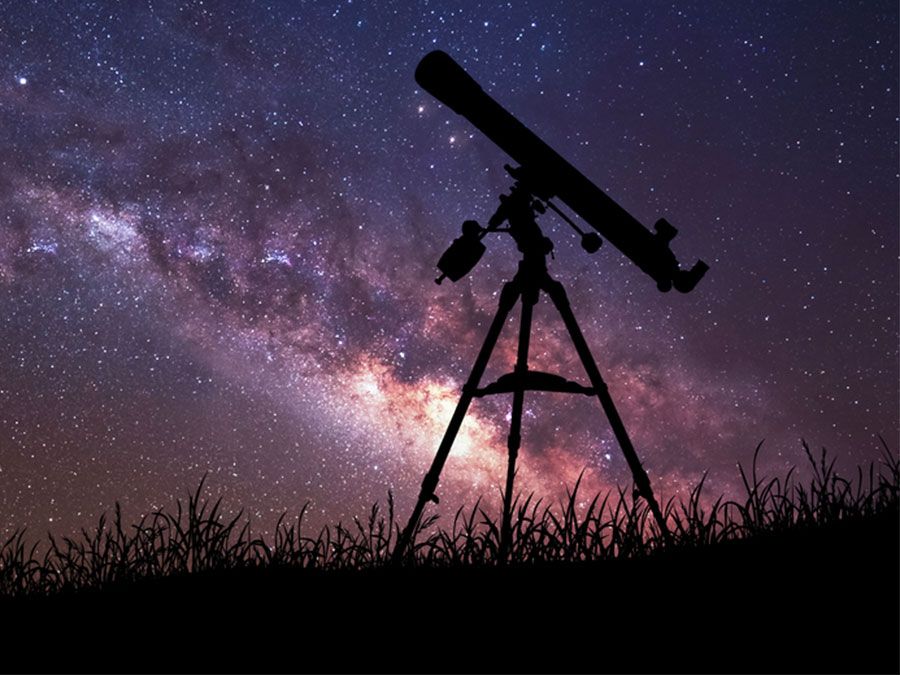
For further exploration into the cosmos and the intriguing interplay between different scientific realms, consider visiting some of my recent posts on https://www.davidmaiolo.com, where I delve into various aspects of technology, AI, and their applications in understanding our universe.
References & Further Reading
- Hawking, S. W. (1974). Black hole explosions? Nature, 248(5443), 30-31.
- Misner, C. W., Thorne, K. S., & Wheeler, J. A. (1973). Gravitation. New York: W. H. Freeman and Company.
- Wald, R. M. (1984). General Relativity. University of Chicago Press.
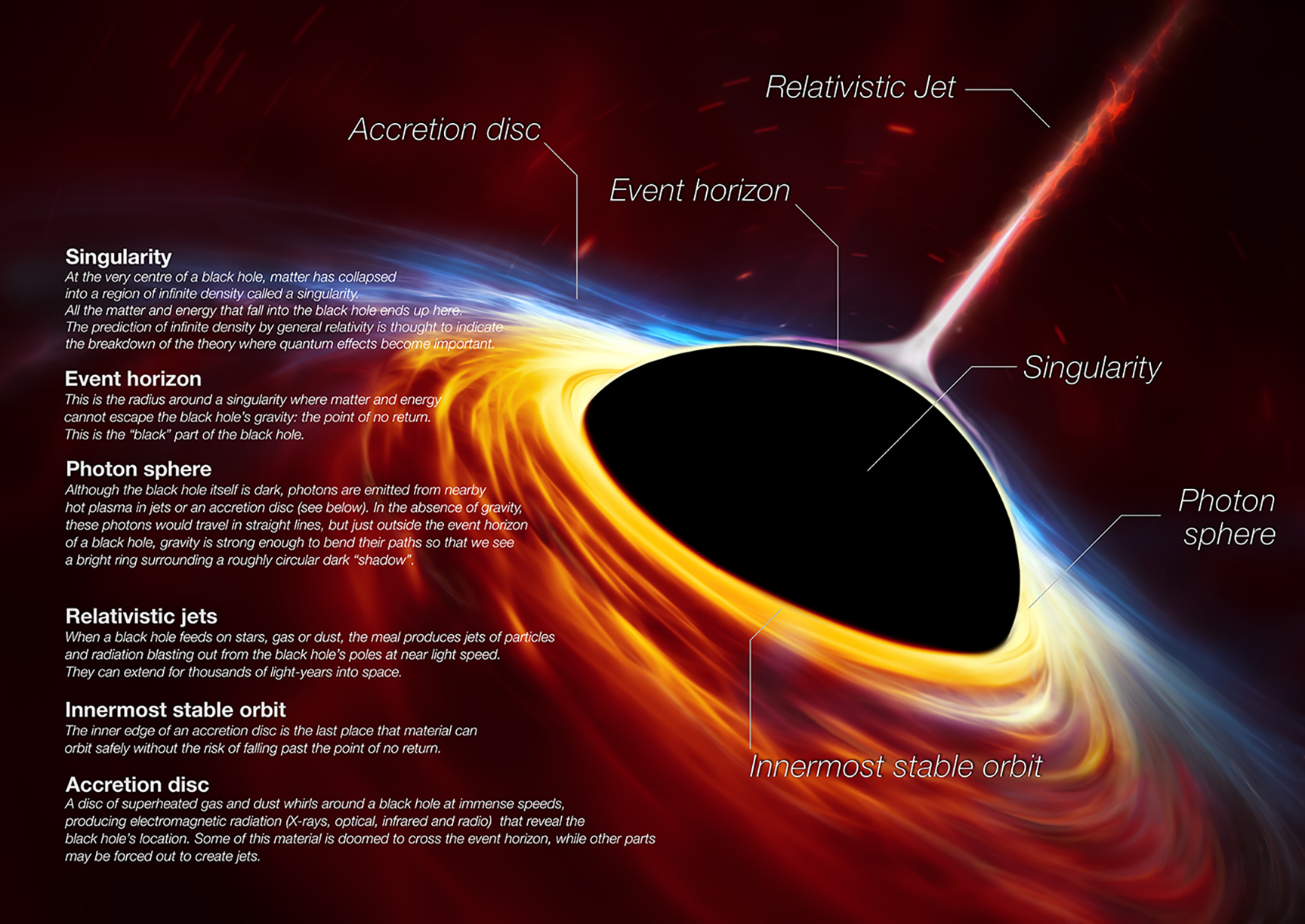
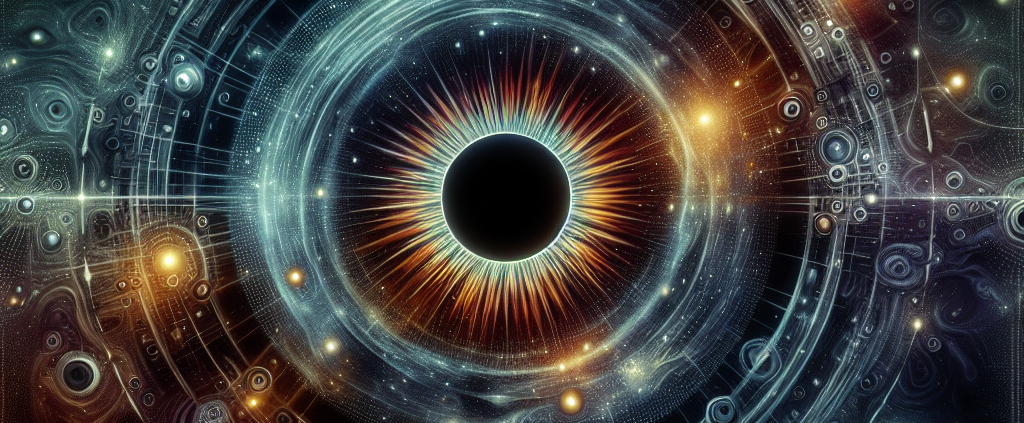
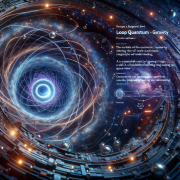

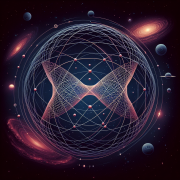
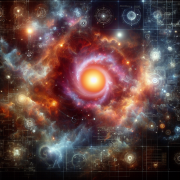
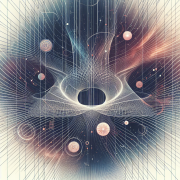



Leave a Reply
Want to join the discussion?Feel free to contribute!